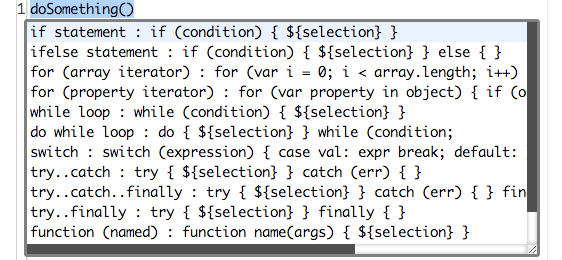Spring Data GemFire 1.3.0 Released
I am pleased to announce the GA release of Spring Data GemFire 1.3.0. In addition to many minor bug fixes and enhancements, this release includes some notable new features to make writing Java applications with GemFire even easier:
Annotation Support For Functions
GemFire provides the ability to "bring the code to the data" by providing a framework for remote function execution. In keeping with Spring's core values, Spring Data GemFire hides the boilerplate code necessary to register and execute remote functions, allowing you to write POJOs and focus on application logic. See the Annotation Support for Function Execution chapter in the Spring Data GemFire Reference Guide for details.Simplified Connection to a GemFire Datasource
GemFire exposes a lot of options for tuning the performance of it's connection pool, and to configure how local data is managed an synchronized. The Spring Data GemFire namespace supports all of these options, however many applications are clients that simply need read/write access to the GemFire data grid. For this class of applications, it is now possible to connect to GemFire as a client without explicitly configuring a pool or client regions:
<gfe-data:datasource>
<gfe-data:locator host="${host}" port="${port}"/>
</gfe-data:datasource>
The above configuration will create a client cache, pool, and proxy client regions for all available regions on the server, with sensible defaults, and register them as Spring beans.




